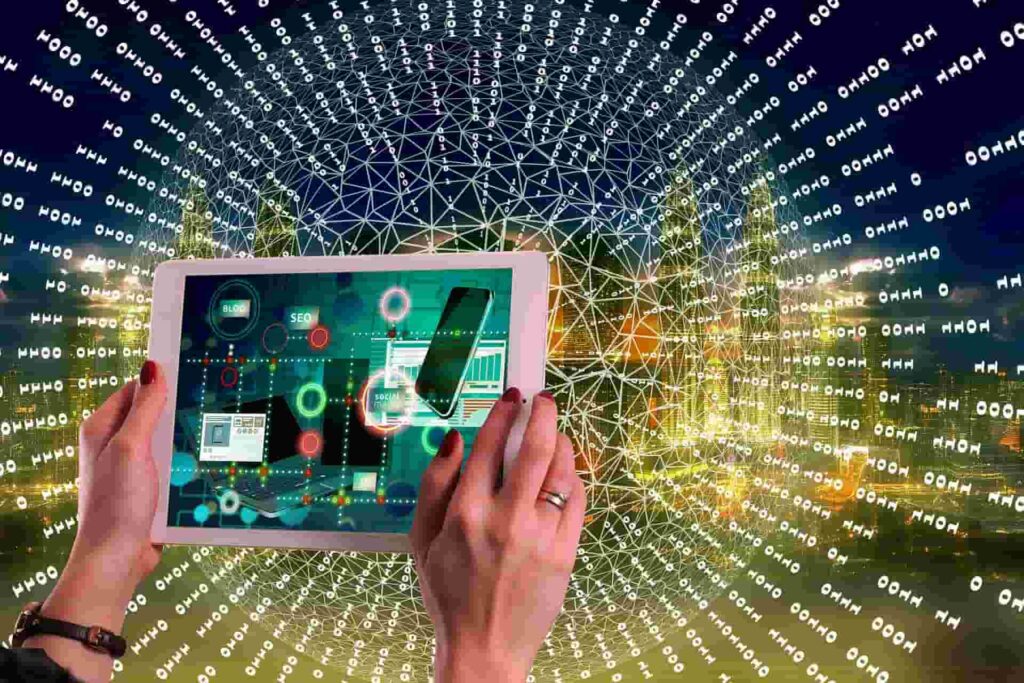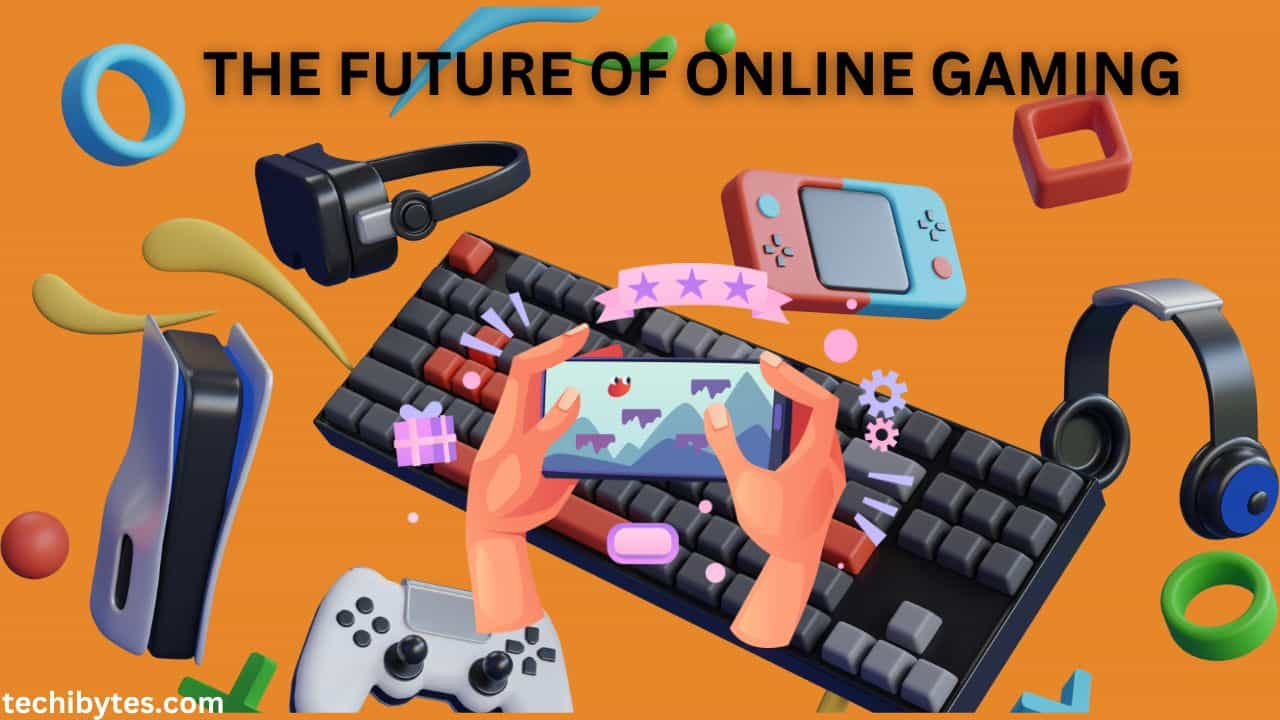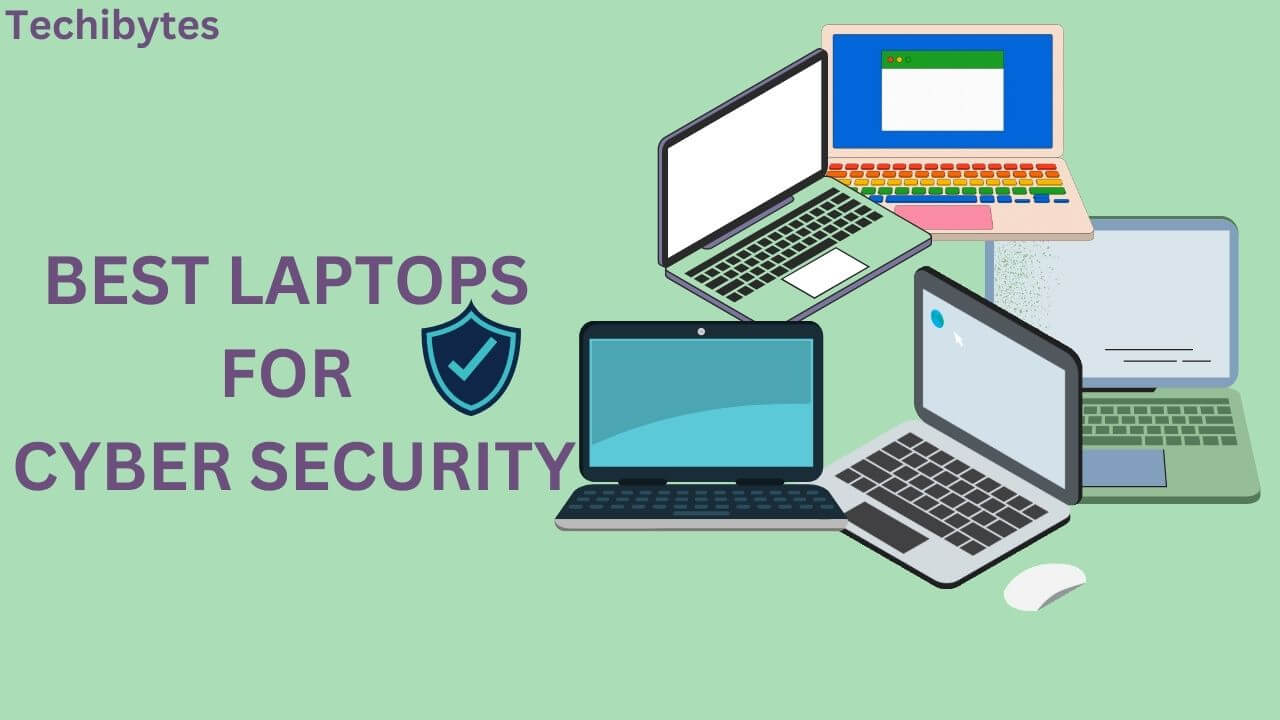In case you couldn’t already guess by the number of digital devices you use on a daily basis, consumer tech is on the rise. In fact, “on the rise” is quite the understatement: the industry is experiencing staggering growth and is all set to be worth a whopping $1.38 trillion by 2028 – according to ResearchandMarkets.com.

Today, the term ‘consumer tech’ refers to an extensive market containing a wide array of devices and gadgets, from smartphones to televisions, gaming consoles, home appliances and more. As the relentless march towards digital advancement delivers yet more innovations for our use, what is it worth keeping an eye on? In this article, we’ll dive into the key trends in consumer tech rippling through the globe during 2023 and beyond.
Table of Contents
What Is Trending In Consumer Tech
1. Extended Reality
Gaming has come a long, long way from the early days of home consoles — and all the better for it! Over the past few decades, we’ve seen the digitalization of centuries-old games like roulette, which is now available in various exciting formats on platforms like PokerStars Casino. Competitive pro gaming has become a dominating force to be reckoned with, and we’re even now playing AAA-level games on our smartphones now. Can gaming get any more advanced?
Yes, it can! Enter gaming in Extended Reality. This umbrella term encompasses virtual reality, augmented reality, mixed reality and everything in between. XR is redefining how we consume entertainment content like gaming, transporting players into immersive worlds that respond to their choices. As this trend develops, we’ll soon find that playing digital games will feel more and more like participatory adventures.
2. 5G and Edge Computing
Here in 2023, we’re no longer living in just a connected world; it’s a hyperconnected world that we now inhabit. And, the ever-accelerating rollout of 5G is opening doors to frankly unprecedented connection speeds.
What does this mean for consumers, though? Well, beyond being able to transfer and process data in real time on all your network-compatible devices, 5G is also paving the way for tons of improved processes. When this innovation is combined with edge computing — which is a latency-reducing method that processes data closer to its source — 5G can encourage the seamless operation of self-driving vehicles, smart cities and even remote surgeries.
3. Artificial Intelligence
AI is certainly a contentious topic. While the ethics of artificial intelligence can be debated endlessly, there’s no denying that this technology has an extensive array of use cases that can bring about genuine, positive change, especially when it comes to improving user experiences.
AI and machine learning functions are taking the concept of personalization to the next level. Think of the way in which you interact with devices and services; it wasn’t so long ago that if you wanted to stream a TV series or find a file on your phone, you had to manually search for them. Now, most mobiles feature voice activation commands, while streaming platforms actively seek to predict your preferences and make recommendations accordingly.
So, what’s next for this bleeding-edge innovation? Well, how about neurofeedback wearables? Powered by AI models and fusing neuroscience concepts with connectivity, these devices can actively boost personal development productivity and even — quite ironically — improve our EQ (emotional intelligence) levels too.
4. Wi-Fi 7
It’s not just 5G that’s having a moment in the spotlight; Wi-Fi 7 is all set to have its day as a life-changing consumer technology.
Whether we’re working or at play, we’re all guilty of expecting instant gratification. Ever feel the frustration rise when poor internet speeds mean you can’t access your emails or instant messaging services? Or how many precious gaming moments have you lost when laggy Wi-Fi interrupts your play? The arrival of Wi-Fi 7 will, thankfully, change all that.
While we probably won’t see compatible devices hit the shelves until late 2024 to early 2025, with Intel and Qualcomm likely to be early adopters, they’re projected to offer a whole host of advancements that will make life just that little bit easier.
From minimizing latency to providing enhanced support for IoT devices and content streaming services, right the way through to offering multi-gigabyte speeds, Wi-Fi 7 will usher in a radical new age of digital connectivity.
If you liked this article, then please subscribe to our YouTube Channel for videos relating to this article. You can also find us on Twitter and Facebook.










